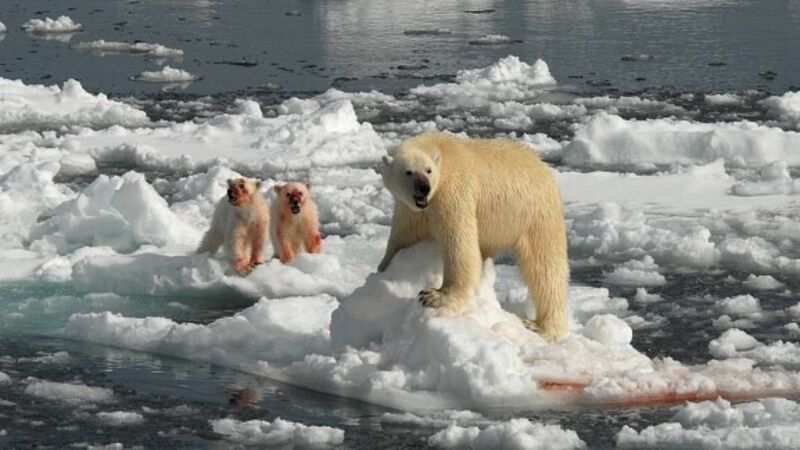Barely surviving a changing world

Bears routinely travel hundreds of kilometres across the icecap; political boundaries mean nothing to them. At a conference in Quito, last month, the great white bear’s name was added to Appendix II of the Convention on the Conservation of Migratory Animals, better known as the ‘Bonn Convention’, after the city in which in which it was signed in 1979. Migratory species threatened with extinction appear in the Convention’s Appendix I. Ones not in imminent danger, but requiring cooperation between states for their welfare, are given Appendix II status.
The polar bear, the largest predator on four legs, needs all the help it can get. This specialist hunter has difficulty adapting to change. Global warming is much more severe at the poles than in temperate latitudes such as ours; the greenhouse gases we release into the atmosphere are driving temperatures upwards. The ice is melting; over two million square-kilometres of the Arctic ice-cap have been lost. The sea is freezing later in the autumn. It melts earlier in the spring.













